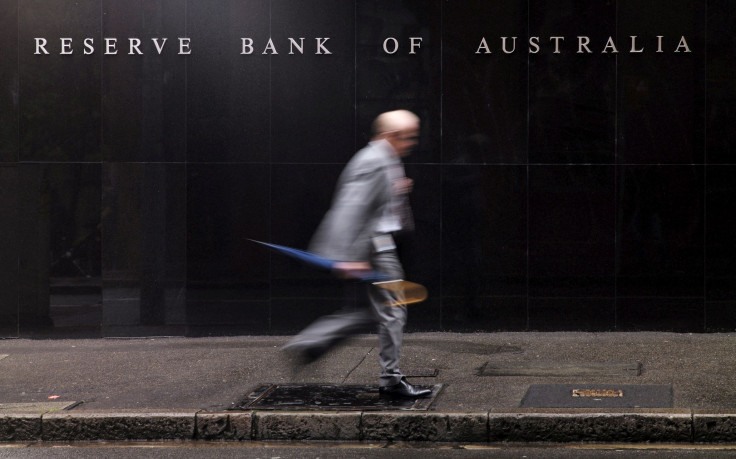Three things to expect from RBA monetary decision
What to expect from RBA monetary decision

The Reserve Bank of Australia (RBA) is expected to release its second monetary policy for 2017 on Tuesday. Prior to this decision, economists and analysts are unanimous of their projections that the central bank will not change its main interest rate.
Aside from this major expectation of an unchanged rate of 1.5 percent, other analysts also said that the RBA monetary decision is expected to be optimistic and to be considered with an impact of an appreciating exchange rate. There is also a major anticipation on the updated outlook of the RBA on the domestic economy.
Optimistic decision
The expected decision of the RBA regarding the interest rate is seen to be cautiously positive for the domestic economy. This meant that although policymakers continue to maintain the interest rate, they are also looking at its impact on the inflation rate and borrowing.
RBA governor Philip Lowe initially said his sentiments about the central bank balancing the risks from having inflation low for a longer period against the risks from attempting to increase inflation more quickly. “If inflation is low for a long period of time, it is certainly possible that inflation expectations adjust, making it harder to achieve the objective,” Business Insider reported Lowe, as saying.
Lowe, however, added that this is yet the case for Australia and the inflation rate is still within targets. He said that the recent lift in headline inflation is helpful for the country.
Similar view on exchange rate
RBA is also expected to maintain its view that “an appreciating exchange rate would complicate” the economy’s adjustment. In February, the central bank stated that the depreciation of the exchange rate since 2013 has also assisted the economy in its transition following the mining investment boom. The outlook to maintain low rates could also be taken from the financial institutions’ positions to lend.
Updated outlook on domestic economy
The RBA said in February that the economic growth of Australia should remain at three percent. With the continued strength in the Sydney and Melbourne markets following the growth of house prices in both cities, the RBA is expected to have an updated outlook on the domestic economy. Analysts said that the RBA could have a more aggressive outlook than its projections in February.
Labour data, however, could maintain the sentiments of the RBA. In February, Australian employment grew by 0.9 percent, but the highest growth came from part-time employment. This led to the growth of part-time employment by 4.3 percent compared to only 0.7 percent of full-time employment.





















